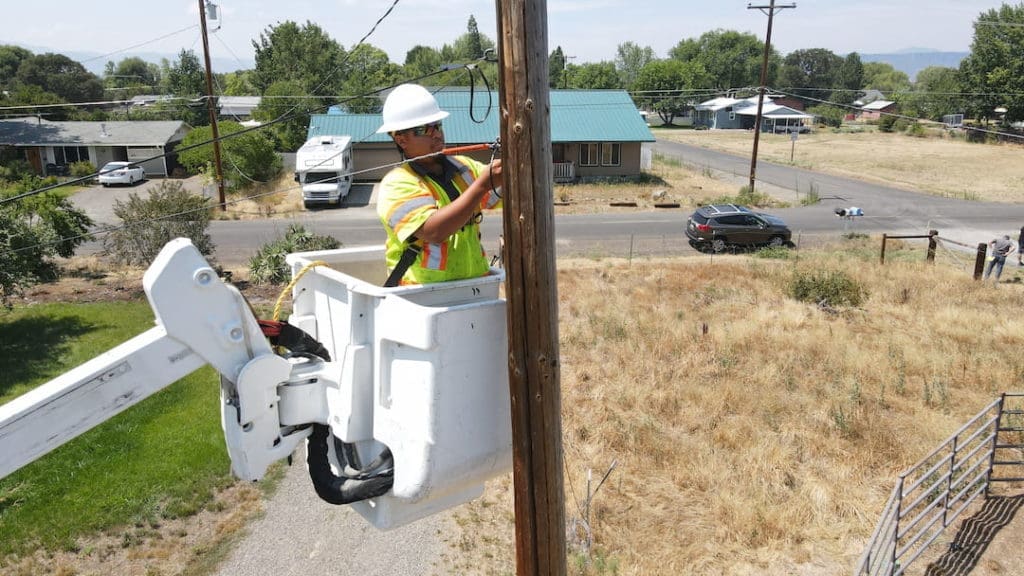What to Expect for Your Fiber Internet Home Installation
Feb 14, 2022 | General, Residential
Are you excited about your new high-speed internet with Hunter Communications? Our reliable, high-speed fiber internet has the capacity to easily support all your internet needs, from your smart home technology to streaming movies and serious gaming. You may be wondering what this new kind of internet requires for installation. Our teams compiled this information about what to expect for your fiber internet home installation so you’ll be prepared and feel confident about choosing Hunter Communications.
The Fiber Internet Home Installation Process
Because most neighborhoods have never had fiber-to-the-home (FTTH) internet before, wiring a house for service can take up to four hours. Before beginning the installation process, our technician will meet with you to discuss where you want to place the internet equipment inside your home. Once a location has been determined, the installer will run the fiber-optic line from the pole directly to your house. To bring fiber into your home, they will drill a small hole through an exterior wall*. Then, the technician will install your Optical Network Terminal (ONT) and free Hunter Wi-Fi router. While cable internet uses a modem, fiber internet uses an ONT which translates the data into a signal that is readable by ethernet cables, the router, and your devices. Once everything is connected, the installer will program and test your equipment to ensure you are receiving the speeds you ordered.
How does fiber internet work?
Fiber-optic cables are made out of glass strands thinner than a human hair and use light to transmit data. Because information is transferred close to the speed of light, fiber is the fastest method of connection. It is also capable of symmetrical speeds, higher bandwidth, and lower latency. There are several types of fiber-optic internet, but not all are created equally. At Hunter, we provide our customers with fiber-to-the-home (FTTH), a completely fiber-optic connection. Other forms of fiber internet, like fiber-to-the-neighborhood (FTTN) and fiber-to-the-curb (FTTC), use copper to complete the final leg of service. Learn more in our article, Discovering How Fiber Internet Works.
FTTH: Fiber-to-the-Home
Also known as fiber-to-the-premises (FTTP), this type of fiber-optic connection runs all the way into the home. Because the FTTH internet connection is pure fiber, there is no loss in speed, reliability, or bandwidth in the last-mile connection. Fiber to the home forgets old technology like copper and moves toward the best speed and reliability using a complete fiber connection. At Hunter, we provide FTTH internet because we believe that our customers should have access to the best internet technology available.
Other Types of Fiber Home Internet Installation
FTTM: Fiber-to-the-Neighborhood
FTTN connections serve hundreds of homes in a large radius. Also known as fiber-to-the-node, this type of internet connection brings fiber to a central node in the neighborhood and uses copper to connect each home. With lower bandwidth, copper technology often requires throttling, the reduction of speeds during peak hours. Because the fiber-optic cables are not connected directly to your house, the internet’s speed and reliability are often reduced.
FTTC: Fiber-to-the-Curb
FTTC serves a handful of houses in a smaller radius. Though fiber-optic cables carry the data most of the way, many of the advantages of fiber are lost in the last-mile copper connection. With copper, the service cannot offer all of the advantages of fiber internet. Since copper can be affected by weather, temperature, and electrical interference, it is more susceptible to outages and lacks the reliability of fiber.

